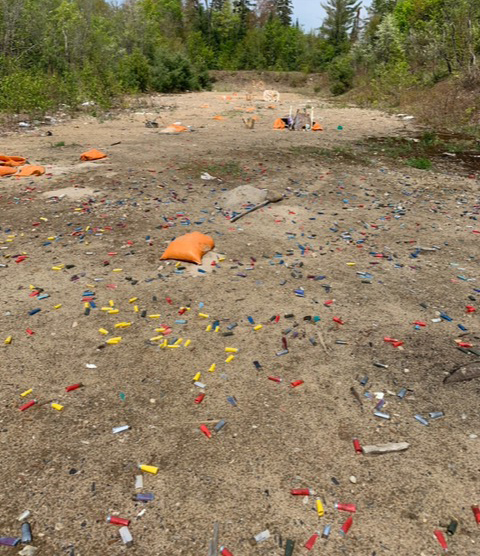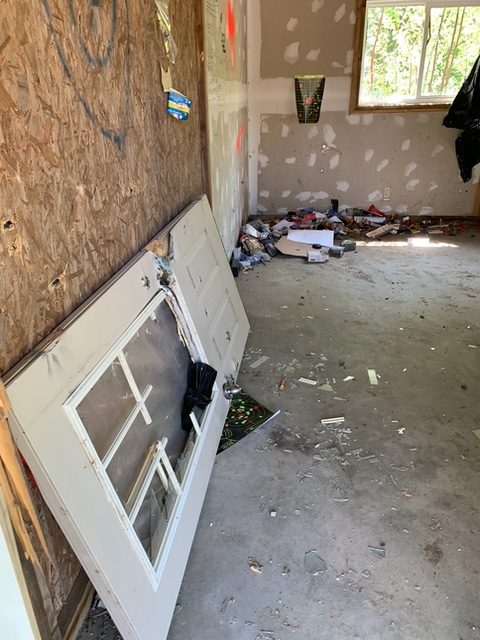July 17 is National Tattoo Day and I’ve been thinking about getting one.
Some years back I wanted to get a screaming eagle tattoo on my chest, but was advised not to by a friend.
“It might look cool now, but what about when you are older,” she said. “If you get a screaming eagle tattooed on your chest now, then when you get old and flabby it will droop and fall from its perch and land on your belly button.”
I took her advice and passed on getting inked.
Now that I’ve become old and flabby, I’m reconsidering. I mean any tattoo I get today will do little drooping and falling. That’s already happened.
So, I decided that National Tattoo Day would be a great time to show off a freshly-inked screaming eagle on my sunken chest. Display it proudly when I go to the dock for a morning swim.
I’ve been researching tattoos and where to get one. And wow, I have discovered there are more tattoo statistics than there are mosquitoes in July.
Think professional baseball statistics are overwhelming? Tattoo statistics are far more mind-numbing.
Support Tattoos And Piercings At Work (STPAW), an advocacy group, reports that as of 2018 nearly 40 per cent of Canadians and 42 per cent of Americans had tattoos. Almost one-half of the Italian population (48 per cent) is tattooed.
Other surveys show that 17 per cent of people who get tattoos regret them. The regrettable ones usually are those with the name of a boyfriend or girlfriend who dumped them.
The website Tattoo Pro says that it costs 10 times more to remove a tattoo than to put one on.
Another reports that people get a tattoo because it makes them sexy (31 per cent), or shows them as rebellious (29 per cent), or shows them to be intelligent (five per cent).
For whatever reasons, tattooing has surged in recent years. One statistic says that Americans alone spend $1.6 billion a year on tattoos.
That seems like an exaggeration, but it is believable because there are more than 20,000 tattoo parlours in the U.S.
The tattooing trend is not something new. Humans around the world have been using tattoos for centuries to make certain statements.
The 5th century Greeks used tattoos as a means of communication between spies. The Romans marked criminals and slaves with tattoos. Maya, Inca and Aztec peoples used tattoos in rituals and the Norse and Saxons proudly tattooed family crests on their bodies.
During the Crusades, soldiers tattooed crosses on their hands to indicate that if they were killed, they needed a Christian burial. Here in Canada, Inuit people sometimes created tattoos by pulling carbon-infused thread through their skins or rubbing ashes or ink into cuts in their bodies.
Recent tattoo information that really caught my attention was the news that the European Union has banned some pigments used in tattooing, deeming them a health hazard. Green and blue pigments, which ink manufacturers and tattoo artists say may be impossible to replace, will be forbidden as of next year.
North American regulatory agencies are considering similar bans on some inks. There is concern among tattoo artists that not having certain inks will make it difficult to do some tattoos, notably the increasingly popular portrait tattoos. Those are the ones where someone decides to get a full-size, blue-eyed hula girl in green skirt inked on their back instead of a plain black and white screaming eagle on their chest.
Some ink manufacturers now put heavy metals such as copper and barium into their pigments to improve colour variations. Also, some have used neurotoxic agents like cadmium, lead and arsenic that can do odd things to the central nervous system.
Concerns over those ingredients appear to be the reason for the ink bans in Europe. However, despite the increasing number of people with tattoos there have been few documented health problems attributed to tattoos. The most common complications are allergic reactions and bacterial infections.
After gathering all of this information I have decided, once again, not to get a tattoo.
My apologies to the ladies at the lake, who had been anxiously awaiting my July 17 appearance on the dock.









